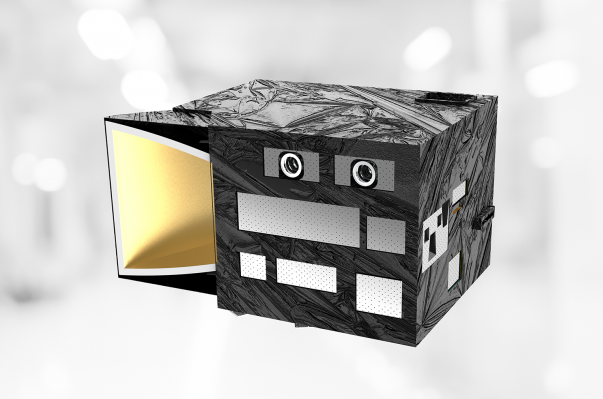eledyne e2v’s Space Imaging division completes signing of Thales Alenia Space contract for the supply of a specialized image sensor for the Multi-Angle Polarimeter (MAP)
Chelmsford, UK, December 15, 2020 – Teledyne e2v, a part of the Teledyne Imaging Group, will supply image sensors to the recently announced grouped proposal of the European Space Agency’s (ESA) industrial policy committee to place six Copernicus Sentinel satellite missions in space. As the sensor partner for Thales Alenia Space, the UK team will develop, manufacture and supply variants of their Capella CMOS visible image sensor from Chelmsford.
The Capella CMOS image sensors are radiant tolerant, feature a large area resolution of 2048 x 2048, 10µm pixels, and operate in the UV-NIR wavelengths.
The MAP is one of four sensor instruments that makes up the Copernicus Anthropogenic Carbon Dioxide Monitoring (CO2M) mission. The CO2M satellites, led by OHB as prime contractor with Thales Alenia Space providing the payloads, are dedicated to the measurement of atmospheric carbon dioxide produced by human activity. The MAP instrument provides additional information to the image scene with the provision of spectral and polarisation data.
The CO2M mission is part of the expansion of the Copernicus Space Component programme of the European Space Agency, ESA, in partnership with the European Commission. The European Copernicus flagship programme provides Earth observation and in situ data and a broad range of services for environmental monitoring and protection, climate monitoring, natural disaster assessment to improve the quality of life of European citizens.
The MAP is based on four identical cameras each utilising at its heart a CO2M MAP Focal Plane Array (FPA) to be supplied by Teledyne e2v. The CO2M MAP FPA is an assembly of a Capella CMOS image sensor and bespoke optical filter and polarising window. The spectral filter and polarising window are carefully aligned to the sensor to sub pixel accuracy. This alignment of the spectral filter and polarising window requires very specific and highly accurate processing to achieve the performance required.
As announced recently, Teledyne e2v will supply the Capella CMOS visible image sensor for the CO2I and NO2 instruments, also part of the CO2M mission.
Teledyne e2v’s Essex based Space Imaging business will develop and manufacture the CO2M MAP FPAs in Chelmsford as contracted by Thales Alenia Space in the UK. Thales Alenia Space is a joint venture between Thales (67%) and Leonardo (33%), long-term customers and partners of Teledyne e2v.
Christophe Tatard, Vice President Business and Product Development for Space & Quantum at Teledyne e2v commented: “The Capella platform provides a flexible solution specifically designed for space applications; this, combined with Teledyne e2v’s unique capabilities in engineering performance enhancing customised variants, has enabled us to continue the long tradition of supplying unique space qualified solutions to ESA for the Copernicus programme. The cooperation between Thales Alenia Space UK and Teledyne-e2v has been exemplary, demonstrating the capabilities both companies can bring to the high-end instrumentation for Space.”
Andrew Stanniland, CEO Thales Alenia Space UK commented: “The CO2M mission is critical for environmental monitoring and especially in understanding the impact of human activity on carbon dioxide production. ESA highlighted the MAP instrument as being especially innovative and our partnership with Teledyne e2v is key to delivering this breakthrough technology. I look forward to continuing our strong partnership throughout the whole programme.”
Teledyne e2v has been designing the world’s most advanced sensor and imaging technology from the UK, France and Spain since 1947. The Copernicus missions will benefit from the recently commissioned 8” CMOS sensor back-thinning process that enables higher performance sensing within the detector and from the latest developments of CMOS technologies including Time Delay Integration (TDI) devices for Earth Observation, a UK development programme that is co-funded by the UK Space Agency.
Main Photo: CO2M CO2 NO2instrument Artist View Copyright Thales Alenia Space



















